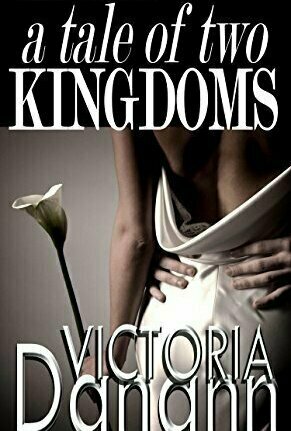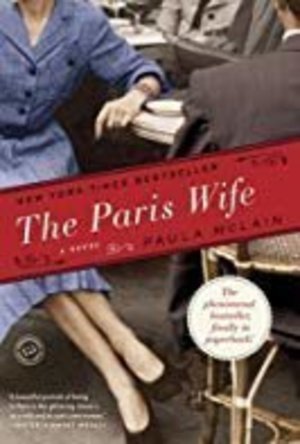
The Paris Wife
Book
A deeply evocative story of ambition and betrayal, The Paris Wife captures a remarkable period of...
Historical fiction fiction France Hemingway
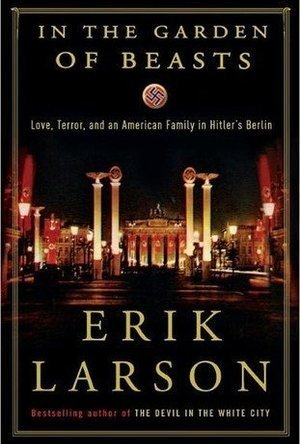
In the Garden of Beasts: Love, Terror, and an American Family in Hitler's Berlin
Book
The time is 1933, the place, Berlin, when William E. Dodd becomes America's first ambassador to...
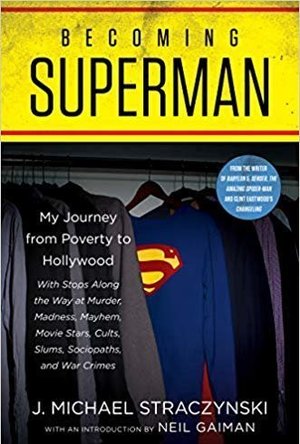
Becoming Superman
Book
In this dazzling memoir, the acclaimed writer behind Babylon 5, Sense8, Clint Eastwood’s...
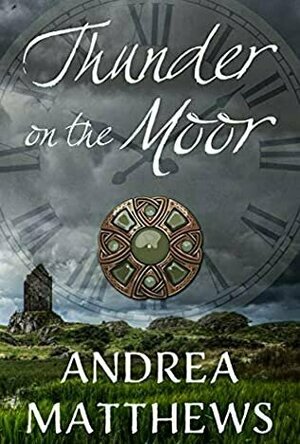
Thunder On The Moor (Thunder On The Moor #1)
Book
Maggie Armstrong grew up enchanted by her father’s tales of blood feuds and border raids. In fact,...
Time Travel Romance Scotland Scottish History
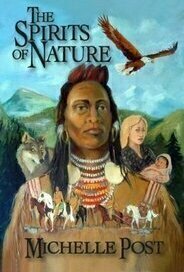
The Spirits of Nature (Spirits of Nature #1)
Book
He taught her the true spirit of unconditional love and devotion. She taught him that love can be...
Native American History
Merissa (13585 KP) rated A Tale of Two Kingdoms (Knights of Black Swan #6) in Books
Apr 3, 2023 (Updated Apr 10, 2023)
This is a romance primarily but it also deals with issues like prejudice, history, war and even all of the above in one family! This book does not disappoint on any level and the standard of Victoria Danann's writing just keeps on getting better. No, this isn't as long as the others and NO this definitely doesn't affect the quality. It just meant that I was able to sit and read this in one sitting with no interfering habits, like sleeping, getting in the way!
This is part of a series and I would highly recommend that you read them in order. As a taster, the first book - The Familiar Stranger - is FREE. Get this one, take a deep breath, enter another dimension and never look back.
Merissa
Archaeolibrarian - I Dig Good Books!
April 10, 2021

Squire's Hazard (Meonbridge Chronicles, #5)
Book
How do you overcome the loathing, lust and bitterness threatening you and your family’s honour? ...
Historical Fiction Medieval Series
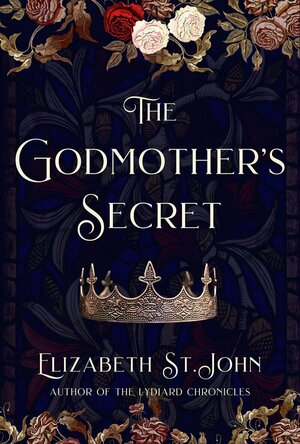
The Godmother's Secret
Book
What if you knew what happened to the Princes in the Tower. Would you tell? Or would you forever...
Biographical Historical Fiction Historical Mystery
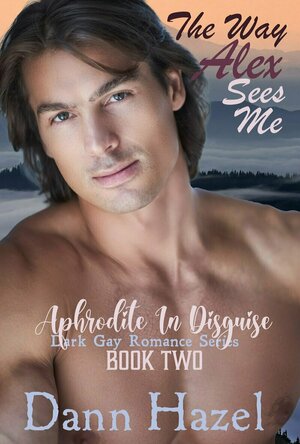
The Way Alex Sees Me (Aphrodite in Disguise #2)
Book
High school senior Rusty Finch is in a pickle. His grades are plummeting even though everyone...
Dark MM Contemporary Historical Paranormal Romance
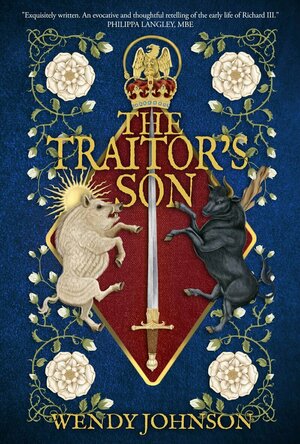
The Traitor's Son
Book
Caught between a king and a kingmaker, young Richard Plantagenet knows he’ll have to choose... ...
Medieval Historical Fiction Richard III Wars of the Roses House of York
